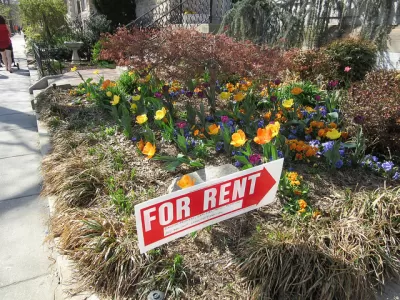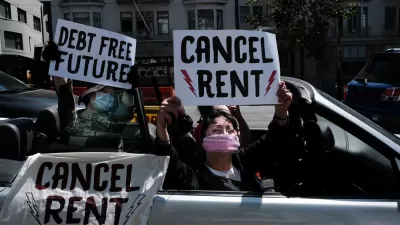Five ways to ensure that rental assistance reaches communities of color with high levels of need.

Long before the COVID-19 pandemic, Black, Latino, and Native American renters faced disproportionately high rent burdens and housing instability. The pandemic has magnified these disparities as workers of color disproportionately work in the industries and occupations that saw the greatest job losses, and communities of color experienced the highest COVID hospitalization rates. While the recently passed coronavirus relief packages promise to provide critical help to many struggling renters, program administrators will need to make explicit efforts to ensure that this assistance reaches communities of color with high levels of need. Without such efforts, some groups will fall through the cracks as some tenants never get any information about the program, have uncooperative landlords, are hesitant to start or unable to complete complicated applications, or cannot provide the full set of required documentation. Take-up of social programs often falls short of need, and this is especially true for vulnerable groups. Emergency rental assistance is no exception.
Yet as a field, we pay far less attention to take-up and its equity implications than we should.
Drawing on both a survey of 220 “first-generation” COVID emergency rental assistance programs (about one-third of the roughly 530 local programs and 90 state or regional programs funded via the CARES Act and other sources), and interviews with selected program administrators, the NYU Furman Center, the Housing Initiative at Penn, and the National Low Income Housing Coalition—where we work— recently released a report outlining steps that localities can take to advance racial equity in their programs. Here we highlight five of those key lessons.
Prioritize Vulnerable Groups in Program Guidelines
One key step that programs can take to advance racial equity is to set selection criteria to prioritize vulnerable populations for assistance. Such priorities can help ensure that ...
FULL STORY: Improving Racial Equity via Emergency Rental Assistance

Planetizen Federal Action Tracker
A weekly monitor of how Trump’s orders and actions are impacting planners and planning in America.

Map: Where Senate Republicans Want to Sell Your Public Lands
For public land advocates, the Senate Republicans’ proposal to sell millions of acres of public land in the West is “the biggest fight of their careers.”

Restaurant Patios Were a Pandemic Win — Why Were They so Hard to Keep?
Social distancing requirements and changes in travel patterns prompted cities to pilot new uses for street and sidewalk space. Then it got complicated.

California Homeless Arrests, Citations Spike After Ruling
An investigation reveals that anti-homeless actions increased up to 500% after Grants Pass v. Johnson — even in cities claiming no policy change.

Albuquerque Route 66 Motels Become Affordable Housing
A $4 million city fund is incentivizing developers to breathe new life into derelict midcentury motels.

DC Area County Eliminates Bus Fares
Montgomery County joins a growing trend of making transit free.
Urban Design for Planners 1: Software Tools
This six-course series explores essential urban design concepts using open source software and equips planners with the tools they need to participate fully in the urban design process.
Planning for Universal Design
Learn the tools for implementing Universal Design in planning regulations.
Heyer Gruel & Associates PA
JM Goldson LLC
Custer County Colorado
City of Camden Redevelopment Agency
City of Astoria
Transportation Research & Education Center (TREC) at Portland State University
Camden Redevelopment Agency
City of Claremont
Municipality of Princeton (NJ)





























